Sustainable Development Goals: 17 Goals to Transform our World | United Nations (original) (raw)
The Sustainable Development Goals are a universal call to action to end poverty, protect the planet and improve the lives and prospects of everyone, everywhere.
The Goals were adopted by all United Nations Member States in September 2015 as part of the 2030 Agenda for Sustainable Development which sets out a 15-year plan to achieve the Goals and their related targets. Never before had world leaders pledged common action across such a broad and universal policy agenda.
The 17 Goals are interconnected, apply to all countries, and need to be carried out by all stakeholders – governments, the private sector, civil society, the United Nations system and others – in a collaborative partnership.
This year marks the midpoint of SDG implementation. However, on its current course, the world may miss many Sustainable Development Goals targets by 2030. For the first time in decades, development progress has stalled and even reversed under the combined weight of climate disasters, conflict, economic downturn and the lingering aftermath of COVID-19. The SDG Summit, held on 18 to 19 September 2023 at the UN Headquarters in New York is a unique opportunity for the world to pivot from crisis to development and deliver the breakthroughs needed to achieve the Goals.
This exhibit illustrates the Sustainable Development Goals through photos from around the world, bringing to life what the 17 Goals mean for people on the planet.
This exhibit was produced by the UN Department of Global Communications.
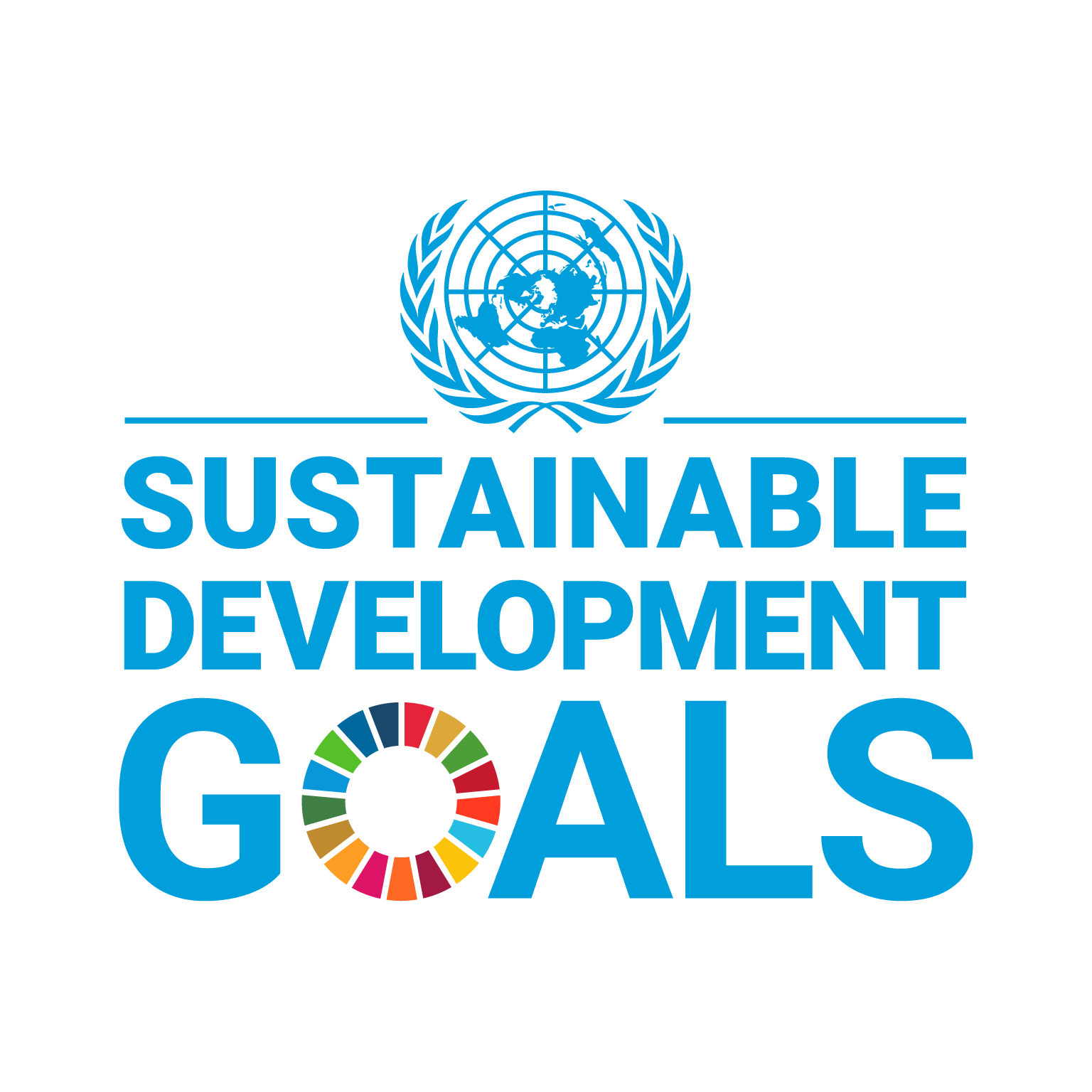
![]()
End poverty in all its forms everywhere
In 2020, the number of people living in extreme poverty (living on less than USD 2.15 a day) rose to 724 million. Those living in extreme poverty struggle to fulfill the most basic needs (health, education, access to water and sanitation).
Recovery from the pandemic has been slow and uneven, with extreme poverty dropping from 9.3 per cent in 2020 to 8.8 per cent in 2021. The conflict in Ukraine has disrupted global trade, leading to increased living costs that are disproportionately impacting the poor. Furthermore, climate change poses substantial threats to poverty reduction.
By the end of 2022, nowcasting suggests that 8.4 per cent of the world’s population, or as many as 670 million people, could still be living in extreme poverty.
Poverty affects developed countries as well. Right now, 30 million children are growing up poor in the world's richest countries.
Eradicating poverty in all its forms remains one of the greatest challenges facing humanity. While the number of people living in extreme poverty dropped by more than half between 1990 and 2015 – from 1.9 billion to 731 million – too many are still struggling for the most basic human needs.
A surge in action and investment to enhance economic opportunities, improve education and extend social protection to all, particularly the most excluded, is crucial to delivering on the central commitment to end poverty and leave no one behind.
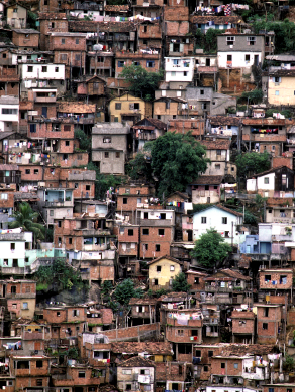
Rocinha, a low-income community in Rio de Janeiro, Brazil (1986). UN Photo/Claudio Edinger
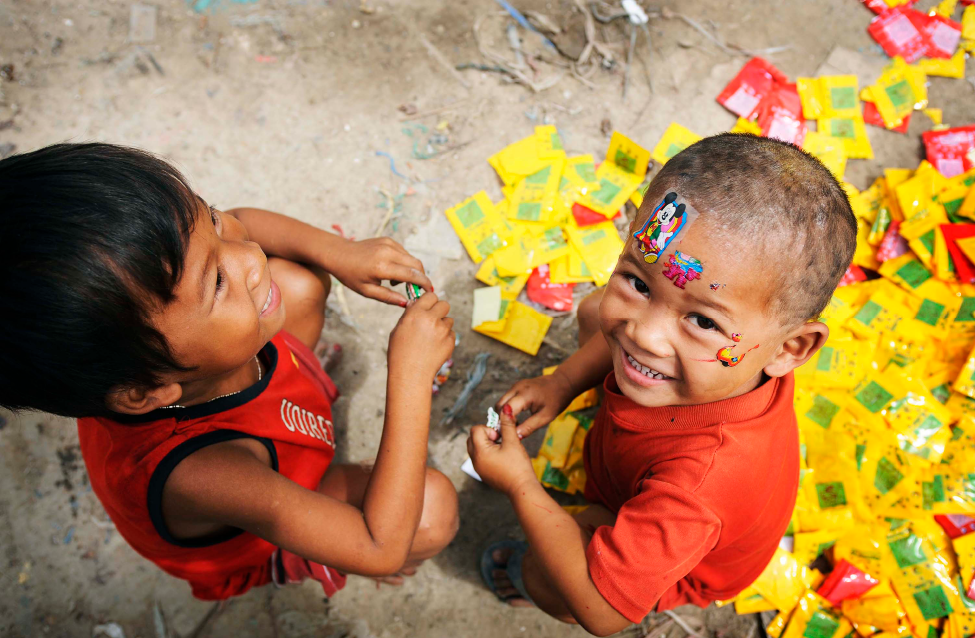
Children play in the Stung Meanchey landfill in Phnom Penh, Cambodia, home to thousands of people who make their living selling recyclable refuse (2008). UN Photo/Kibae Park
![]()
End hunger, achieve food security and improved nutrition and promote sustainable agriculture
In 2022, about 9.2 per cent of the world population was facing chronic hunger, equivalent to about 735 million people - 122 million more than in 2019. Hunger and malnutrition are barriers to sustainable development because hungry people are less productive, more prone to disease, and less able to improve their livelihoods.
To nourish today’s 735 million hungry people and the additional 2 billion people expected by 2050, a profound change of the global food and agriculture system is needed.
To achieve zero hunger by 2030, urgent coordinated action and policy solutions are imperative to address entrenched inequalities, transform food systems, invest in sustainable agricultural practices, and reduce and mitigate the impact of conflict and the pandemic on global nutrition and food security.
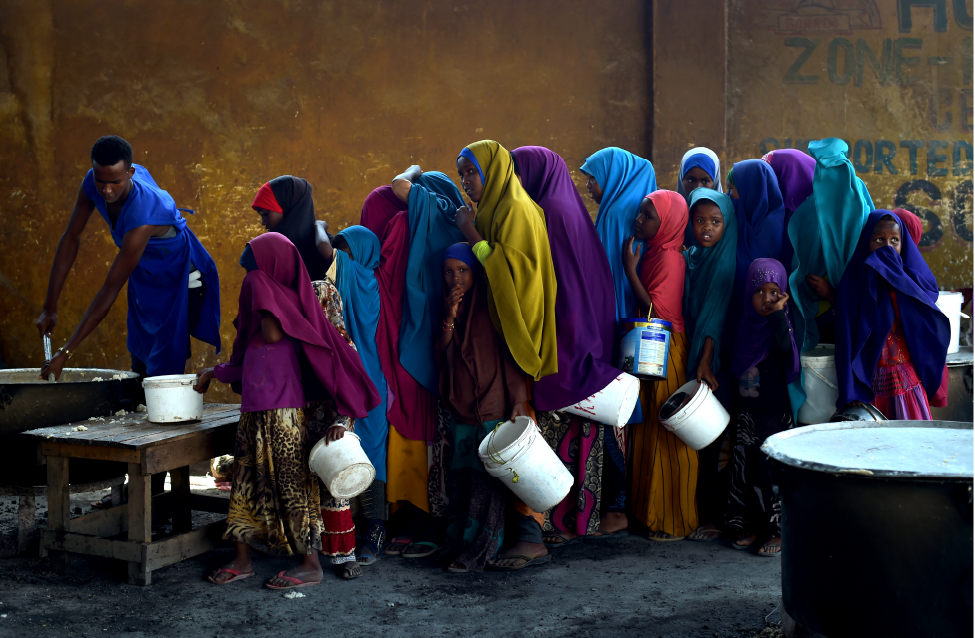
Girls line up at a feeding centre in Mogadishu, Somalia. After years of drought, 6 million in the country are in need of food assistance (2017). UN Photo/Tobin Jones

Rice fields belonging to local hill tribes in Sapa, Viet Nam (2011). UN Photo/Kibae Park
![]()
Ensure healthy lives and promote well-being for all at all ages
Great strides have been made in improving people’s health in recent years. 146 out of 200 countries or areas have already met or are on track to meet the SDG target on under-5 mortality. Effective HIV treatment has cut global AIDS-related deaths by 52 per cent since 2010 and at least one neglected tropical disease has been eliminated in 47 countries.
However, inequalities in health care access still persist. The COVID-19 pandemic and other ongoing crises have impeded progress towards Goal 3. Childhood vaccinations have experienced the largest decline in three decades, and tuberculosis and malaria deaths have increased compared with pre-pandemic levels.
The Sustainable Development Goals (SDGs) make a bold commitment to end the epidemics of AIDS, tuberculosis, malaria and other communicable diseases by 2030. The aim is to achieve universal health coverage, and provide access to safe and affordable medicines and vaccines for all.
To overcome these setbacks and address long-standing health care shortcomings, increased investment in health systems is needed to support countries in their recovery and build resilience against future health threats.
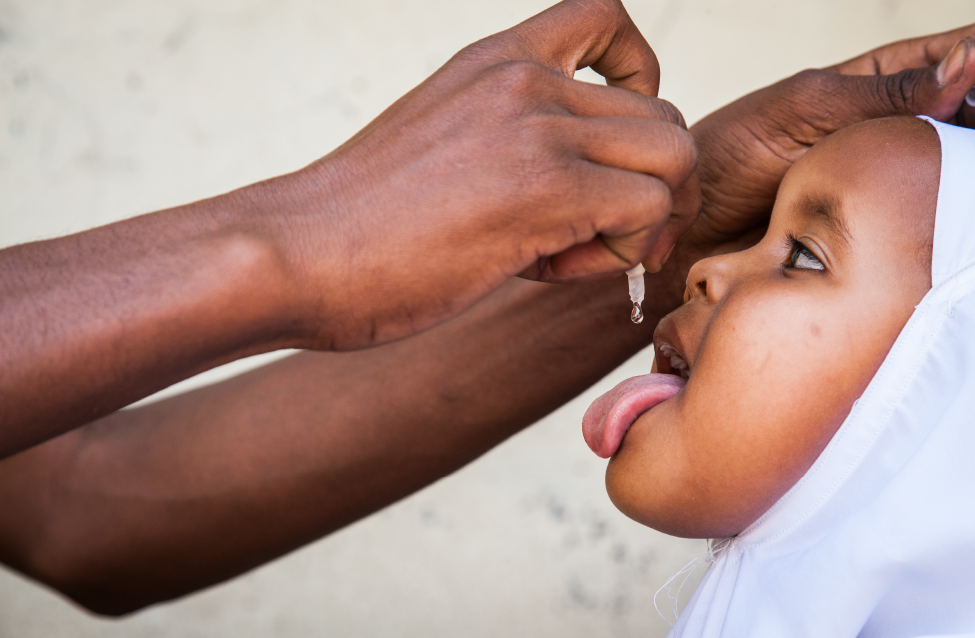
A girl receives a dose of oral polio vaccine in Hargeisa, Somaliland (Somalia, 2013). Photo UNICEF/Adriane Ohanesian

A woman and her child visit a family clinic in Khovd Province, Mongolia. United Nations agencies work closely with Mongolia's local hospitals to provide immunization and health care for children (2009). UN Photo/Eskinder Debebe
![]()
Ensure inclusive and equitable quality education and promote lifelong learning opportunities for all
Progress towards quality education was already slower than required before the pandemic, but COVID-19 has had devastating impacts on education, causing learning losses in four out of five of the 104 countries studied.
Without additional measures, an estimated 84 million children and young people will stay out of school and approximately 300 million students will lack the basic numeracy and literacy skills necessary for success in life.
In addition to free primary and secondary schooling for all boys and girls by 2030, the aim is to provide equal access to affordable vocational training, eliminate gender and wealth disparities, and achieve universal access to quality higher education.
Education is the key that will allow many other Sustainable Development Goals (SDGs) to be achieved. When people are able to get quality education they can break from the cycle of poverty.
Education helps to reduce inequalities and to reach gender equality. It also empowers people everywhere to live more healthy and sustainable lives. Education is also crucial to fostering tolerance between people and contributes to more peaceful societies.
To deliver on Goal 4, education financing must become a national investment priority. Furthermore, measures such as making education free and compulsory, increasing the number of teachers, improving basic school infrastructure and embracing digital transformation are essential.

Students attend class at a public school in Taliko, a neighbourhood of Bamako, Mali (2013). UN Photo/Marco Dormino
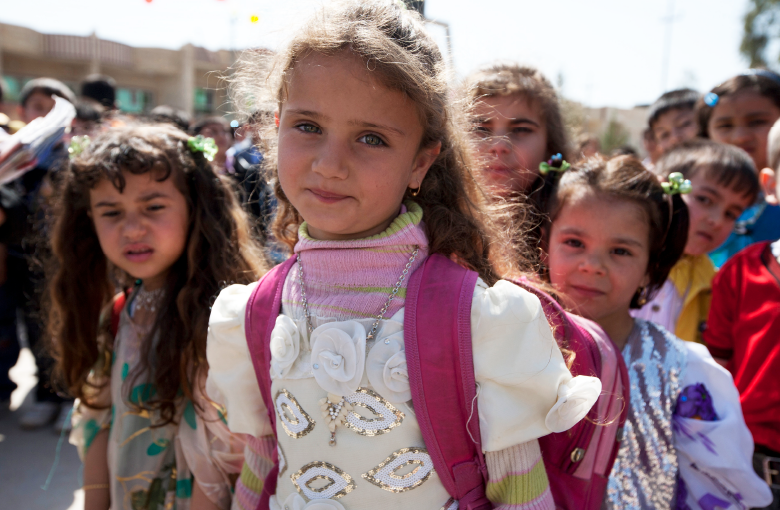
Students from Piramerd Basic School in Badawa, Erbil, in the Kurdistan region of Iraq. The school, housing grades 1 through 9, is one of the educational institutions where UNICEF is undertaking projects to improve infrastructure and academic standards (2011). UN Photo/Bikem Ekberzade
![]()
Achieve gender equality and empower all women and girls
Women and girls represent half of the world’s population and therefore also half of its potential. But gender inequality persists everywhere and stagnates social progress.
On average, women in the labor market still earn 23 percent less than men globally. On average, women spend about three times as many hours in unpaid domestic and care work as men.
Sexual violence and exploitation, the unequal division of unpaid care and domestic work, and discrimination in public office, all remain huge barriers. All these areas of inequality have been exacerbated by the COVID-19 pandemic: there has been a surge in reports of sexual violence, women have taken on more care work due to school closures, and 70% of health and social workers globally are women.
At the current rate, it will take an estimated 300 years to end child marriage, 286 years to close gaps in legal protection and remove discriminatory laws, 140 years for women to be represented equally in positions of power and leadership in the workplace, and 47 years to achieve equal representation in national parliaments.
Political leadership, investments and comprehensive policy reforms are needed to dismantle systemic barriers to achieving Goal 5. Gender equality is a cross-cutting objective and must be a key focus of national policies, budgets and institutions.
Gender equality is not only a fundamental human right, but a necessary foundation for a peaceful, prosperous and sustainable world.

Stela Savin comes from the Roma community, in Moldova, where women and girls suffer inequality and gender discrimination. However, Stela is pursuing a career as a boxer leaving gender stereotypes behind. Photo UN Women Moldova/Diana Savina
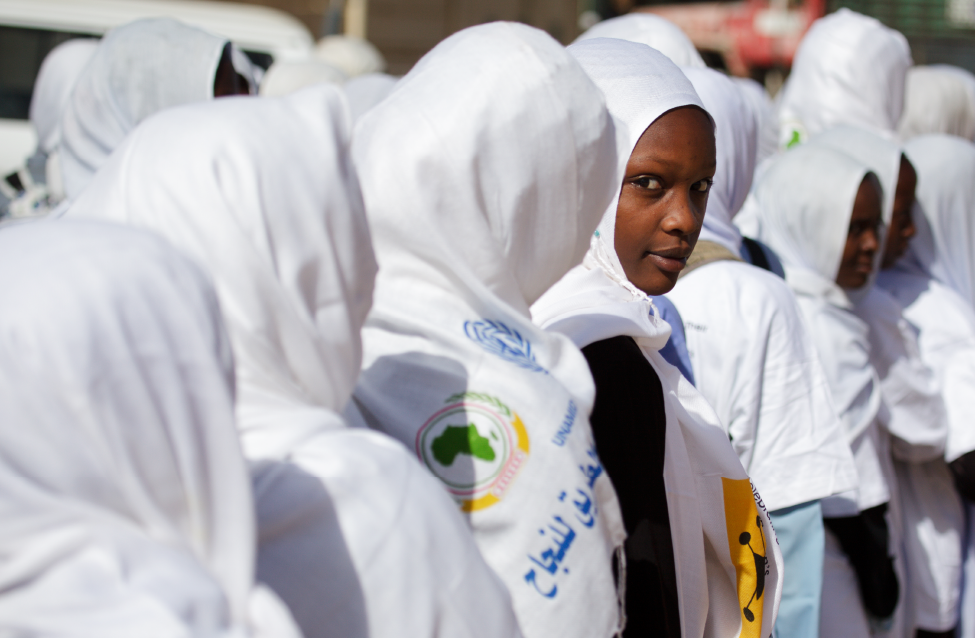
Women and girls march in El Fasher, North Darfur, to celebrate International Women's Day, on the theme "Equal Access to Education, Training, Science and Technology" (Sudan, 2011). UN Photo/Olivier Chassot
![]()
Ensure availability and sustainable management of water and sanitation for all
Access to water, sanitation and hygiene is a human right. Yet billions are still faced with daily challenges accessing even the most basic of services.
Water scarcity is projected to increase with the rise of global temperatures as a result of climate change. In 2020, 2.4 billion people lived in water-stressed countries.
In 2022, 2.2 billion people still lacked safely managed drinking water, including 703 million without a basic water service; 3.5 billion people lacked safely managed sanitation, including 1.5 billion without basic sanitation services; and 2 billion lacked a basic handwashing facility, including 653 million with no handwashing facility at all.
There has been positive progress. Between 2015 and 2022, the proportion of the world's population with access to safely managed drinking water increased from 69 per cent to 73 per cent.
Investments in infrastructure and sanitation facilities; protection and restoration of water-related ecosystems; and hygiene education are among the steps necessary to ensure universal access to safe and affordable drinking water for all by 2030.
But we are still not on track to reach Goal 6 by 2030. To get back on track, key strategies include increasing sector-wide investment and capacity-building, promoting innovation and evidence-based action, enhancing cross-sectoral coordination and cooperation among all stakeholders, and adopting a more integrated and holistic approach to water management.
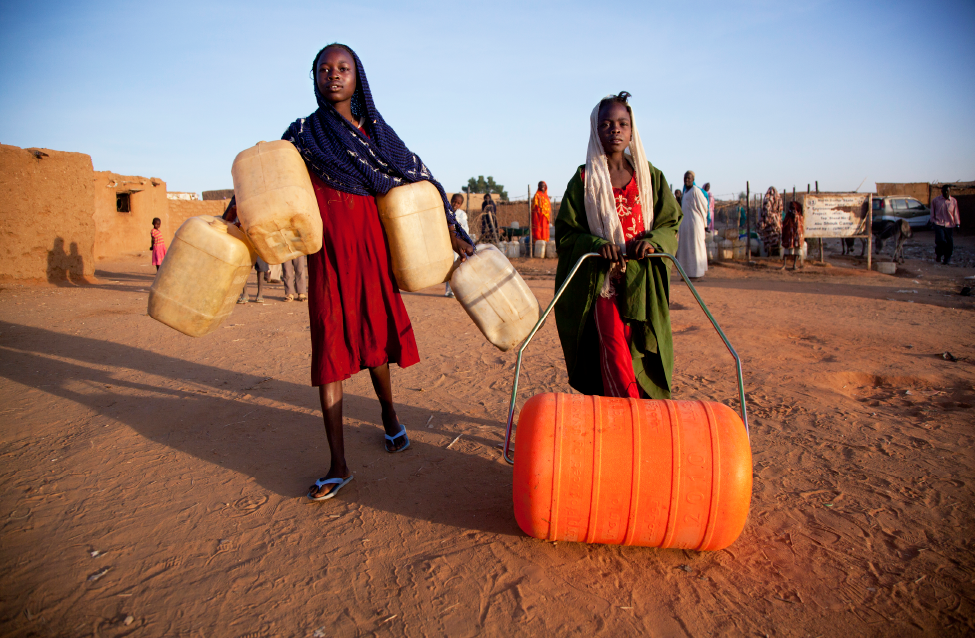
In the Abu Shouk Camp for internally displaced, a child pushes a water roller, which has the same capacity as the four cans carried by her companion. The rollers, distributed in the thousands by the African Union-United Nations Hybrid Operation in Darfur, help alleviate the heavy daily burden of collecting water (Sudan, 2011). UN Photo/Albert González Farran
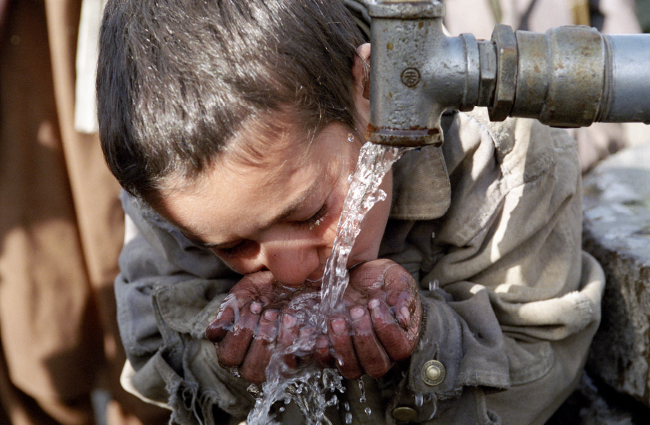
A child takes a drink of water at Maslakh Camp for internally displaced persons in Herat, Afghanistan (2002). UN Photo/Eskinder Debebe
![]()
Ensure access to affordable, reliable, sustainable and modern energy for all
Our everyday life depends on reliable and affordable energy. And yet the consumption of energy is the dominant contributor to climate change, accounting for around 60 percent of total global greenhouse gas emissions.
From 2015 to 2021, the proportion of the global population with access to electricity has increased from 87 per cent to 91 per cent. In 2021, developing countries installed a record-breaking 268 watts per capita of renewable energy-generating capacity. And yet, in 2021 there were still 675 million people around the world with no access to electricity.
Ensuring universal access to affordable electricity by 2030 means investing in clean energy sources such as solar, wind and thermal. Expanding infrastructure and upgrading technology to provide clean energy in all developing countries is a crucial goal that can both encourage growth and help the environment.
To ensure access to energy for all by 2030, we must accelerate electrification, increase investments in renewable energy, improve energy efficiency and develop enabling policies and regulatory frameworks.
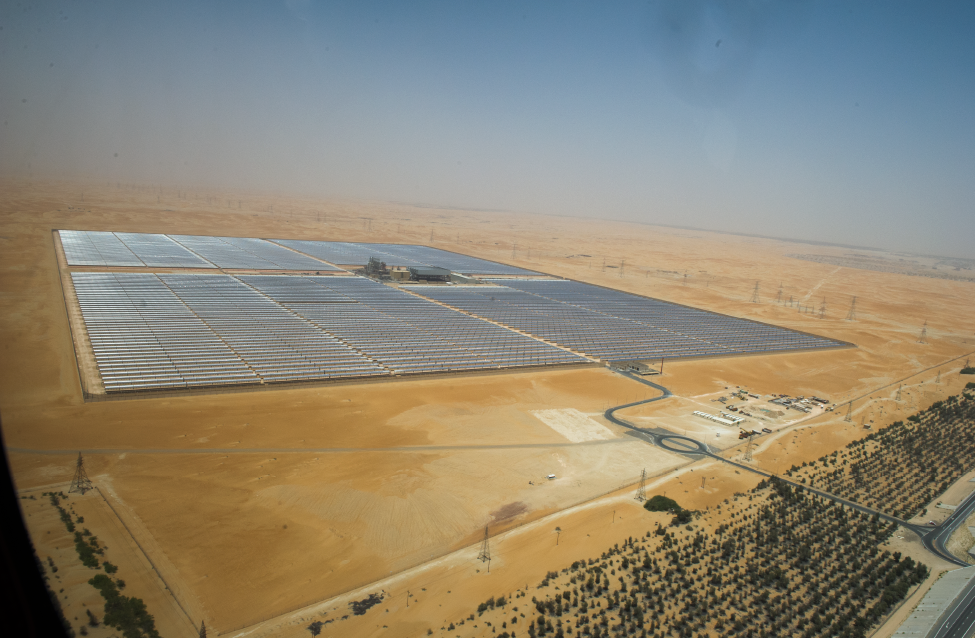
The Shams Solar Power Station, located in Madinat Zayed, United Arab Emirates, is one of the largest concentrated solar power plants in the world (2014). UN Poto/Eskinder Debebe
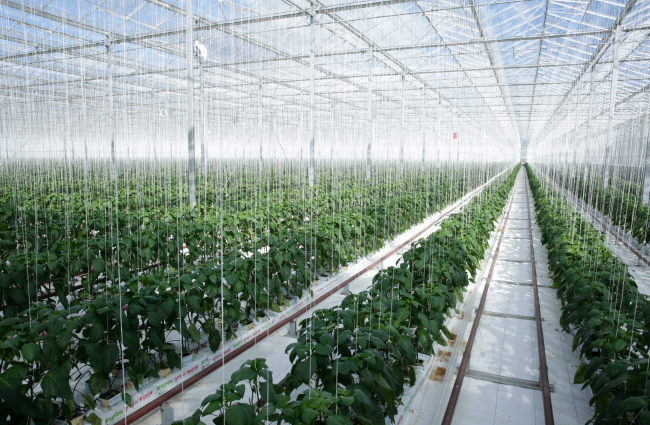
The Gourmet Mokai greenhouse in Taupo, New Zealand, is heated by electricity generated from geothermal energy (2014). UN Photo/Evan Schneider
![]()
Promote sustained, inclusive and sustainable economic growth, full and productive employment and decent work for all
Multiple crises are placing the global economy under serious threat. Global real GDP per capita growth is forecast to slow down in 2023 and with ever increasing challenging economic conditions, more workers are turning to informal employment.
Globally, labour productivity has increased and the unemployment rate has decreased. However, more progress is needed to increase employment opportunities, especially for young people, reduce informal employment and labour market inequality (particularly in terms of the gender pay gap), promote safe and secure working environments, and improve access to financial services to ensure sustained and inclusive economic growth.
The global unemployment rate declined significantly in 2022, falling to 5.4 per cent from a peak of 6.6 per cent in 2020 as economies began recovering from the shock of the COVID-19 pandemic. This rate was lower than the pre-pandemic level of 5.5 per cent in 2019.
A persistent lack of decent work opportunities, insufficient investments and under-consumption contribute to the erosion of the basic social contract: that all must share in progress. The creation of quality jobs remain a major challenge for almost all economies.
Achieving Goal 8 will require a wholesale reform of the financial system to tackle rising debts, economic uncertainty and trade tensions, while promoting equitable pay and decent work for young people.
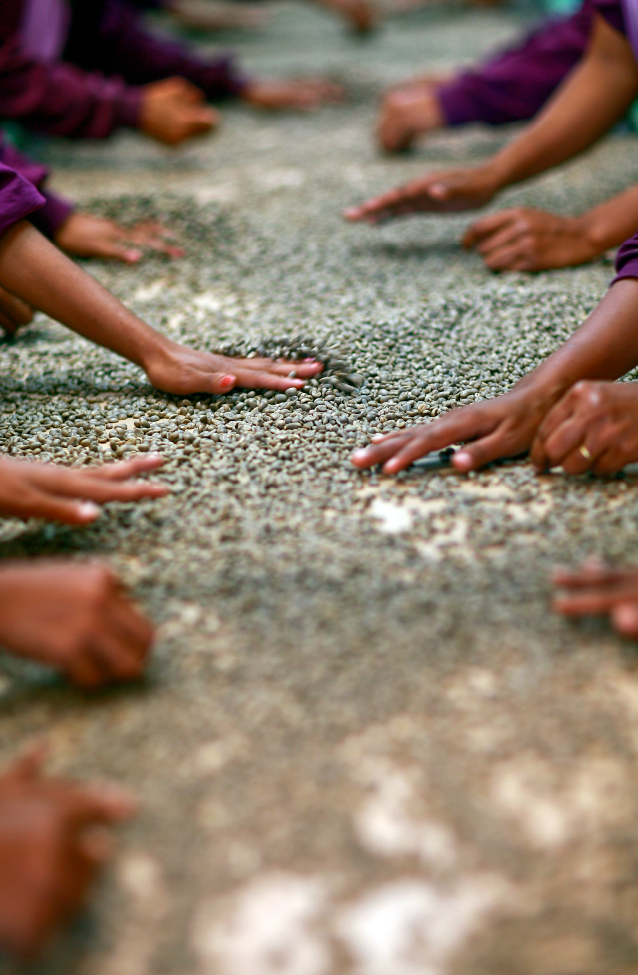
Employees of Cooperative Café Timor sift coffee beans. With 21,500 members, Cooperative Café Timor is the largest employer in Timor-Leste during the coffee season, helping realize the government's priority of promoting rural development (2009). UN Photo/Martine Perret

Through a grant from UN-Women, Partenariat Recherches Environnement Medias has taught women in Katfoura, Guinea, how to plant the vitamin-rich moringa tree and how to clean, dry and sell its leaves (10 November 2015). Photo UN Women/Joe Saade
![]()
Build resilient infrastructure, promote inclusive and sustainable industrialization and foster innovation
The manufacturing industry's recovery from COVID-19 is incomplete and uneven. Global manufacturing growth slowed down to 3.3 per cent in 2022, from 7.4 per cent in 2021.
The share of manufacturing in Least Developed Countries (LDCs) remains low, posing a serious challenge to the target of doubling industry’s share of GDP by 2030. However, medium-high and high-technology industries demonstrated robust growth rates.
As of 2022, 95 per cent of the world’s population was within reach of a mobile broadband network, but some areas remain underserved.
Investments in infrastructure – transport, irrigation, energy and information and communication technology – are crucial to achieving sustainable development and empowering communities in many countries.
To achieve Goal 9 by 2030, it is also essential to support LDCs, invest in advanced technologies, lower carbon emissions and increase mobile broadband access.
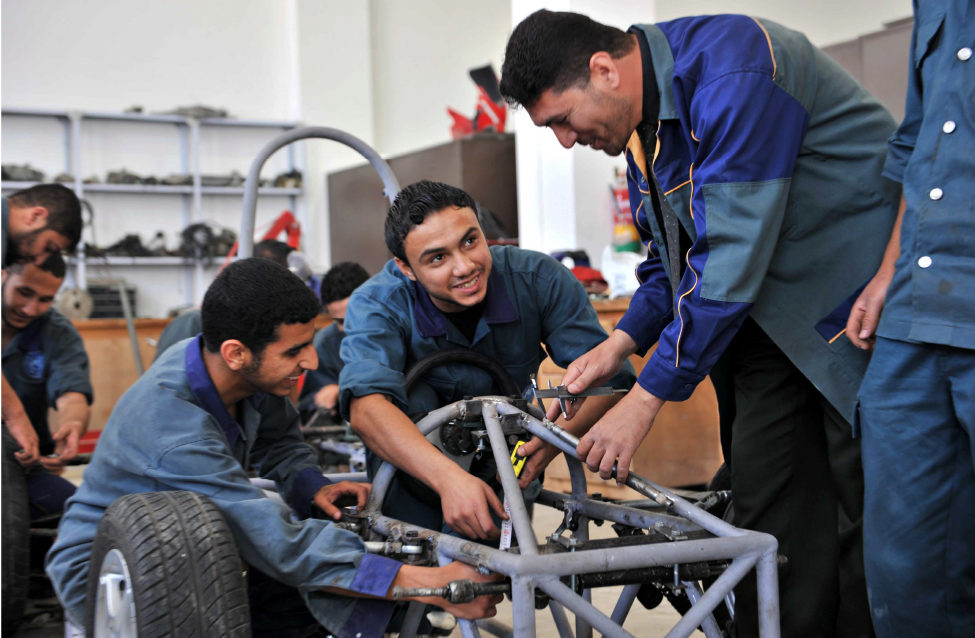
Students from the Khan Younis Training Centre in Gaza - run by the United Nations Relief and Works Agency for Palestine Refugees in the Near East (UNRWA) - assemble a Formula 1-style car out of mostly recycled parts, for entrance in the Formula Student competition. The competition challenges students from around the world to design, build and race a single-seater racing car from scratch (2011). UN Photo/Shareef Sarhan
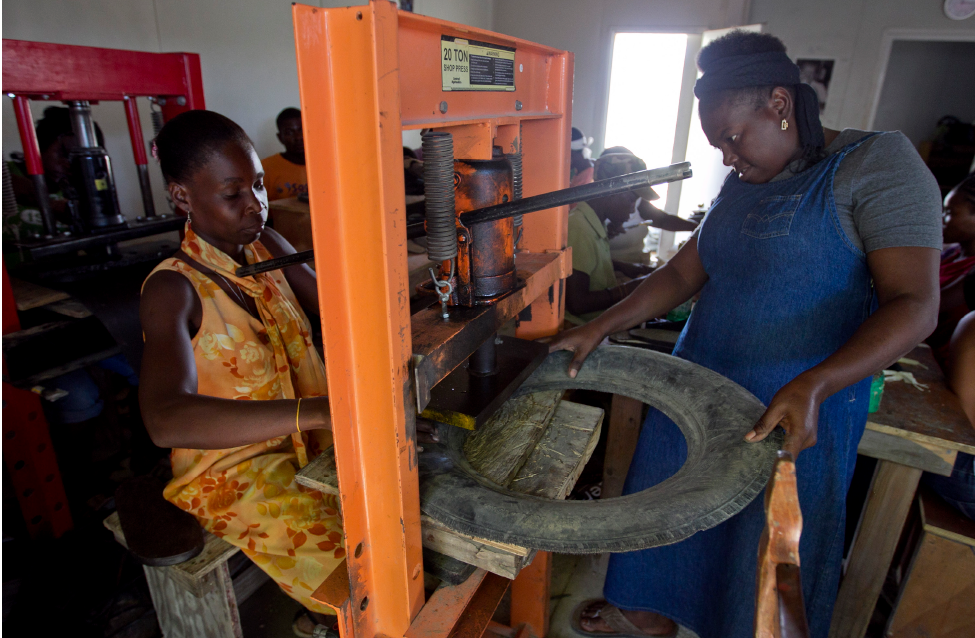
At REBUILD Globally in Port-au-Prince, workers fabricate sandals out of recycled tires. The employment and vocational training programme is partially funded by a Quick Impact Project grant from the United Nations Stabilization Mission in Haiti (MINUSTAH) (2012). UN Photo/Victoria Hazou
![]()
Reduce inequality within and among countries
Inequality threatens long-term social and economic development, harms poverty reduction and destroys people’s sense of fulfillment and self-worth.
The incomes of the poorest 40 per cent of the population had been growing faster than the national average in most countries. But emerging yet inconclusive evidence suggests that COVID-19 may have put a dent in this positive trend of falling within-country inequality.
The pandemic has caused the largest rise in between-country inequality in three decades.
Reducing both within- and between-country inequality requires equitable resource distribution, investing in education and skills development, implementing social protection measures, combating discrimination, supporting marginalized groups and fostering international cooperation for fair trade and financial systems.
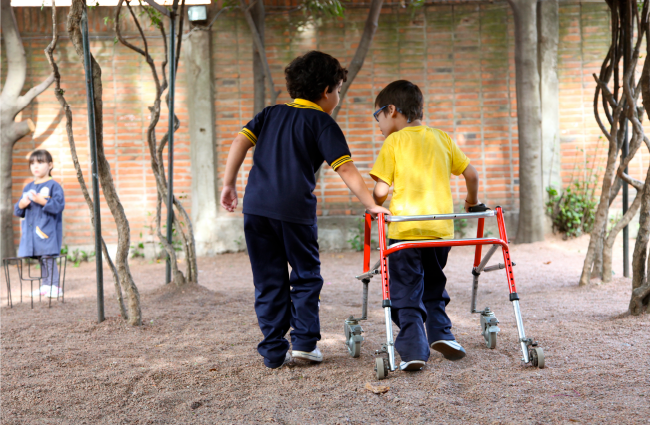
Sebastián (right), age 9, and Mateo, 4, walk and talk during recess at Colegio y Liceo Ceni, an inclusive school in Montevideo, Uruguay (2013). UNICEF/Giacomo Pirozzi
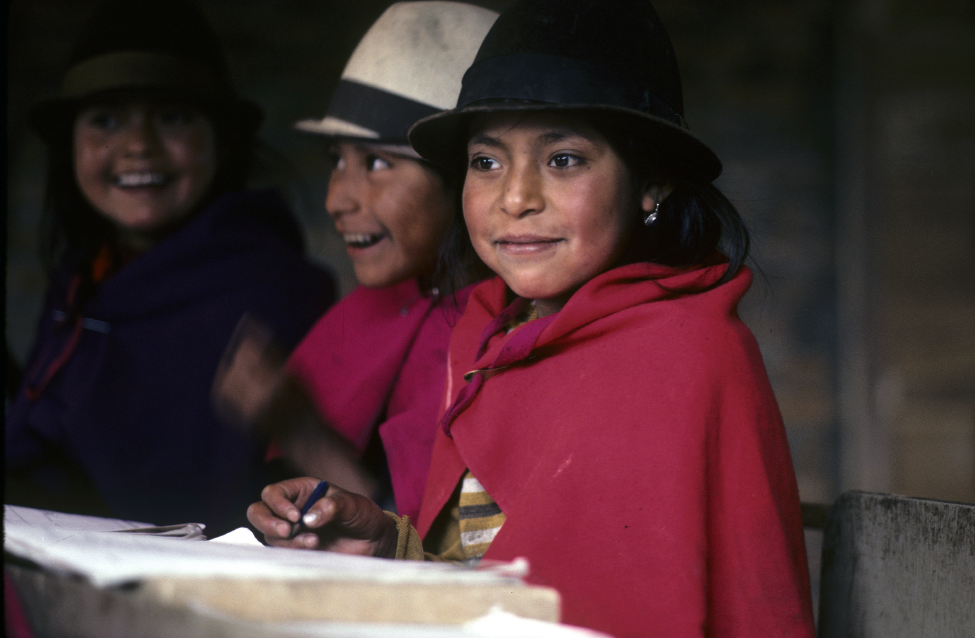
Young students of the Salasaca indigenous people of Ecuador, at school in Ambato, a city to the south of Quito, the capital (1985). UN Photo/Milton Grant
![]()
Make cities and human settlements inclusive, safe, resilient and sustainable
Half of the world’s population live in cities. This is projected to reach 70 per cent by 2050.
In the developing world, the rapid growth of cities, along with the increasing rural to urban migration, has led to a boom in mega-cities. In 1990, there were ten mega-cities with 10 million inhabitants or more. In 2014, there are 28 mega-cities, home to a total of 453 million people.
This rapid urbanization outpaces the development of housing, infrastructure and services, which led to a rise in slums or slum-like conditions. In 2020, an estimated 1.1 billion urban residents lived in slums or slum-like conditions. Over the next 30 years, an additional 2 billion people are expected to live in such settlements.
Sustainable development cannot be achieved without significantly transforming the way urban spaces are built and managed.
Making cities safe and sustainable means ensuring access to safe and affordable housing, upgrading slum settlements, investing in public transport, creating green spaces, and improving urban planning and management in a way that is both participatory and inclusive.
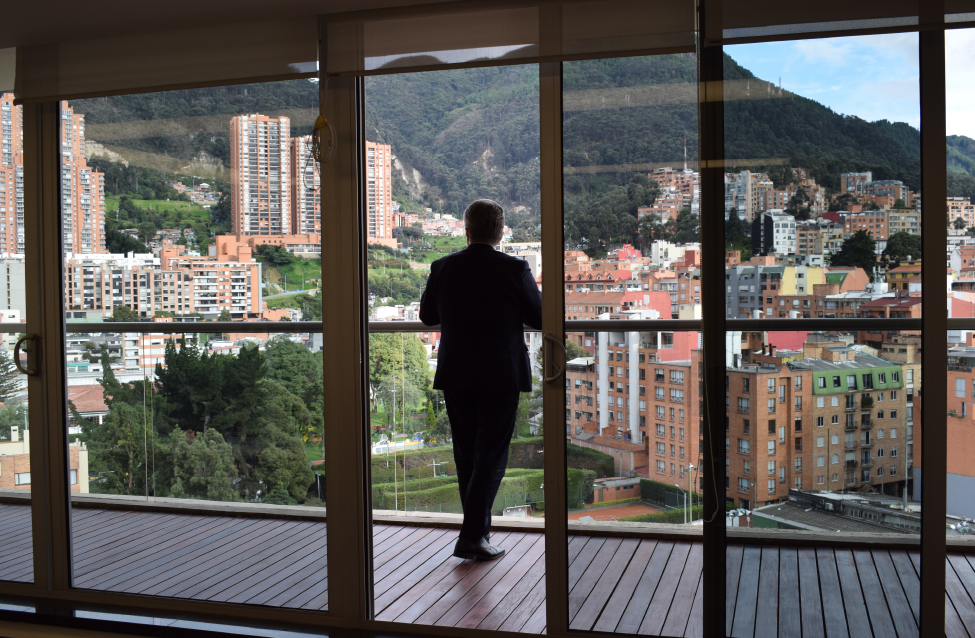
The 2018 WSP Global Cities Index ranks Bogotá, Colombia, 24th globally in its efforts to meet the strains placed on its infrastructure by rapid urbanization and growth. The city operates an aboveground mass transportation system of high-capacity buses running on dedicated lines, has a large network of bicycle lanes, and every Sunday closes 100 kilometres of its roads to cars, limiting use to pedestrians and cyclists (2019). UN Photo/Hector Latorre
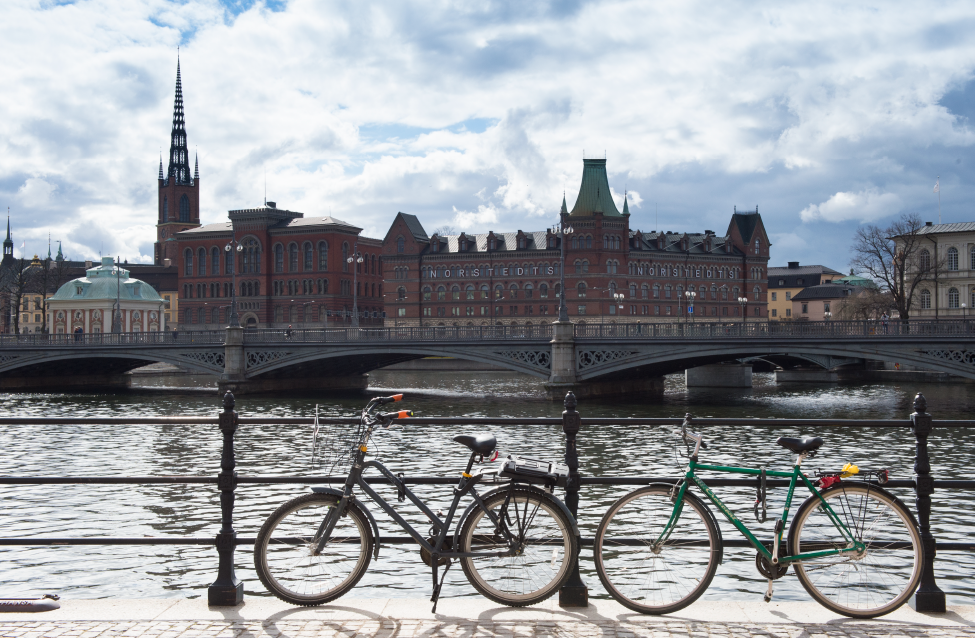
The view from Stockholm City Hall, looking out across Riddarfjärden, the eastern-most bay of Lake Mälaren in the city's centre. The steeple of Riddarholmskyrkan (Riddarholmen Church), official resting place of Swedish monarchs, is visible at left. Stockholm consistently ranks in the top 5 of the Arcadis Sustainable Cities Index, as well as in the People sub-index, factoring in quality of life indicators such as good health and education. (2016) UN Photo/Eskinder Debebe
![]()
Ensure sustainable consumption and production patterns
If the global population reaches 9.8 billion by 2050, the equivalent of almost three planets will be required to provide the natural resources needed to sustain current lifestyles.
Global crises triggered a resurgence in fossil fuel subsidies, nearly doubling from 2020 to 2021.
In 2021, governments spent an estimated 732billiononsubsidiesforcoal,oilandgas,nearlydoublingthe732 billion on subsidies for coal, oil and gas, nearly doubling the 732billiononsubsidiesforcoal,oilandgas,nearlydoublingthe375 billion spent in 2020.
In 2021, although 828 million people were facing hunger, 13.2 per cent of the world's food was lost after harvest along the supply chain from farm to consumer.
The trend towards sustainability reporting is on the rise, with around 70 per cent of monitored companies publishing sustainability reports in 2021.
In 2022, 67 national governments reported to the United Nations Environment Programme on the implementation of sustainable public procurement policies and action plans, a 50 per cent increase from 2020.
Support should be provided to developing countries to move towards more sustainable patterns of consumption by 2030.
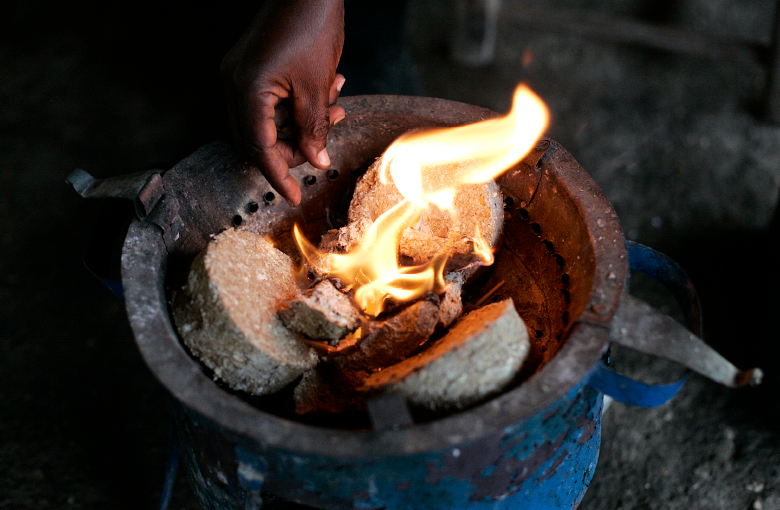
The United Nations Development Programme's "Cash for Work" initiative partners with the Sant Triyaj Fatra Kafoufey recycling factory in Port-au-Prince to turn paper trash collected from the streets into briquettes. The paper briquettes are an alternative cooking fuel to the wood-based "charbon", or charcoal, the production of which contributes to deforestation (Haiti, 2010). UN Photo/Sophia Paris

A player kicks a ball made using recycled rubber during a football match between Geneva high school students and a team of Permanent Representatives to the UN Office at Geneva, to mark the International Day of Peace. The balls, donated by the UN Office on Sport for Development and Peace, are designed to withstand the harsh surface conditions of refugee camps (Switzerland, 2010). UN Photo/Jean-Marc Ferré
![]()
Take urgent action to combat climate change and its impacts
Climate change affects every country on every continent. It is caused by human activities and threatens the future of our planet. With rising greenhouse gas emissions, climate change is occurring at rates much faster than anticipated and its effects are clearly felt world-wide.
The impacts include changing weather patterns, rising sea level, and more extreme weather events. If left unchecked, climate change will undo a lot of the progress made over the past years in development. It will also provoke mass migrations that will lead to instability and wars.
Between 2010 and 2020, highly vulnerable regions, home to approximately 3.3–3.6 billion people, experienced 15 times higher human mortality rates from floods, droughts and storms compared to regions with very low vulnerability.
Sea levels continued to rise in 2022, reaching a new record since satellite measurements in 1993.
Affordable, scalable solutions are now available to enable countries to leapfrog to cleaner, more resilient, and low-carbon economies.
Climate change is a global challenge that requires coordinated international cooperation.
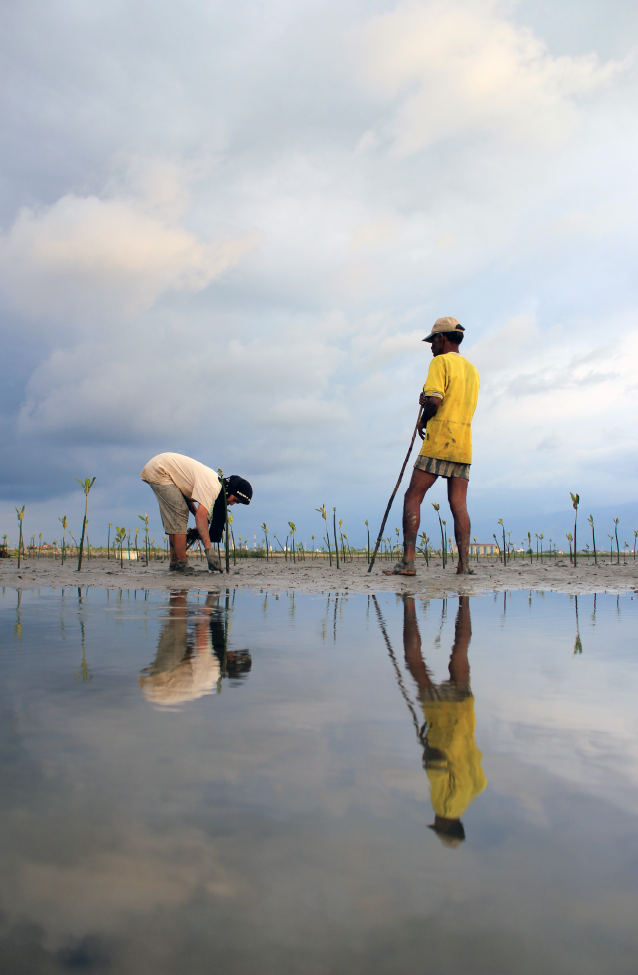
Two people replant mangrove seedlings in Kampong Jawa, an area of Banda Aceh that was devastated by the tsunami in 2004. Conserving, restoring and sustainably using coastal wetlands is crucial in the battle against climate change. (Indonesia, 2012) UN Photo/Irwandi M. Gade
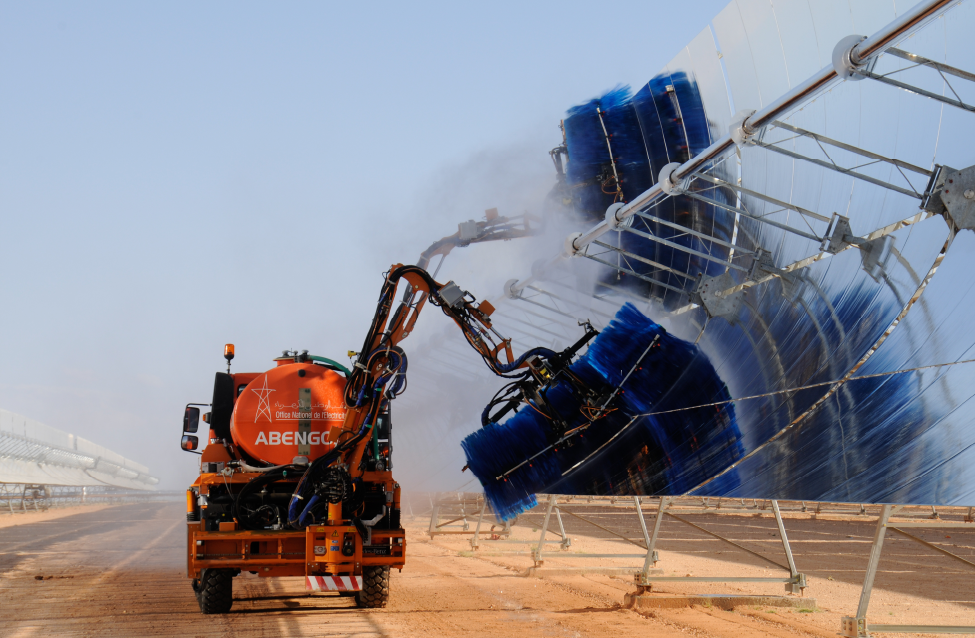
Solar panels are cleaned at the Ain Beni Mathar Integrated Combined Cycle Thermo-Solar Power Plant in Morocco. The innovative power plant broadens access to electricity through affordable renewable energy, reducing the country's dependence on petroleum while creating jobs and lowering CO2 emissions. (2010) World Bank/Dana Smillie
![]()
Conserve and sustainably use the oceans, seas and marine resources for sustainable development
Oceans cover three-quarters of the Earth’s surface, contain 97 percent of the Earth’s water, and represent 99 percent of the living space on the planet by volume.
The world’s oceans provide key natural resources including food, medicines, biofuels and other products; help with the breakdown and removal of waste and pollution; and their coastal ecosystems act as buffers to reduce damage from storms.
However, marine pollution is reaching alarming levels, with over 17 million metric tons clogging the ocean in 2021, a figure set to double or triple by 2040.
Currently, the ocean’s average pH is 8.1, about 30 per cent more acidic than in pre-industrial times. Ocean acidification threatens the survival of marine life, disrupts the food web, and undermines vital services provided by the ocean and our own food security.
Careful management of this essential global resource is a key feature of a sustainable future. This includes increasing funding for ocean science, intensifying conservation efforts, and urgently turning the tide on climate change to safeguard the planet's largest ecosystem.
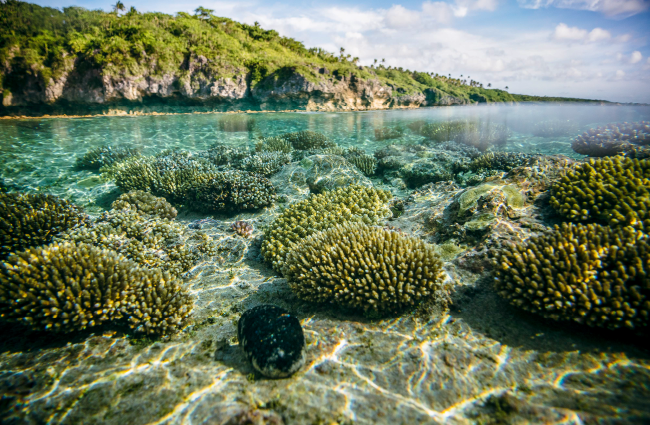
Underwater landscape at Beveridge Reef, Niue, in the South Pacific (2016). Photo UNDP/Vlad Sokhin

A boy helps to release a turtle into the sea in Watamu, Kenya (2017). Photo UNEP/Cyril Villemain
![]()
Protect, restore and promote sustainable use of terrestrial ecosystems, sustainably manage forests, combat desertification, halt and reverse land degradation, and halt biodiversity loss
Terrestrial ecosystems are vital for sustaining human life, contributing to over half of global GDP and encompassing diverse cultural, spiritual, and economic values.
Global forest coverage decreased from 31.9 per cent in 2000 (4.2 billion hectares) to 31.2 per cent (4.1 billion hectares) in 2020.
In 2021, Official Development Assistance (ODA) in support of biodiversity increased by 26.2 per cent from 7.7billionin2020to7.7 billion in 2020 to 7.7billionin2020to9.8 billion.
In 2022, 21 per cent of reptile species are threatened.
Between 2015 and 2019, at least 100 million hectares of healthy and productive land were degraded every year, impacting the lives of 1.3 billion people.
Halting deforestation and restoring the use of terrestrial ecosystems is necessary to reduce the loss of natural habitats and biodiversity which are part of our common heritage.
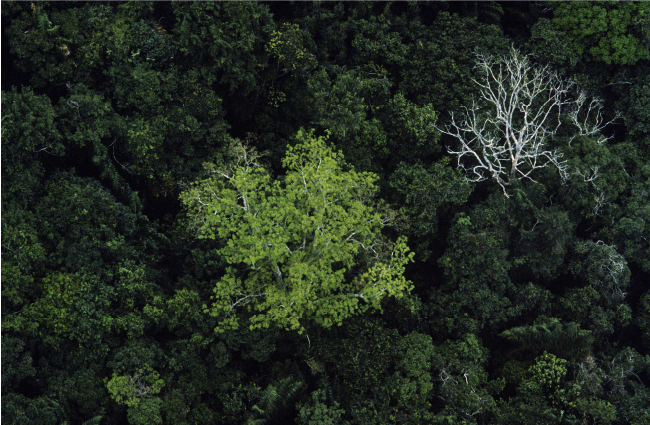
Amazon forest area in Brazil's Para State, which is rich in mineral resources (1983). UN Photo/George Love
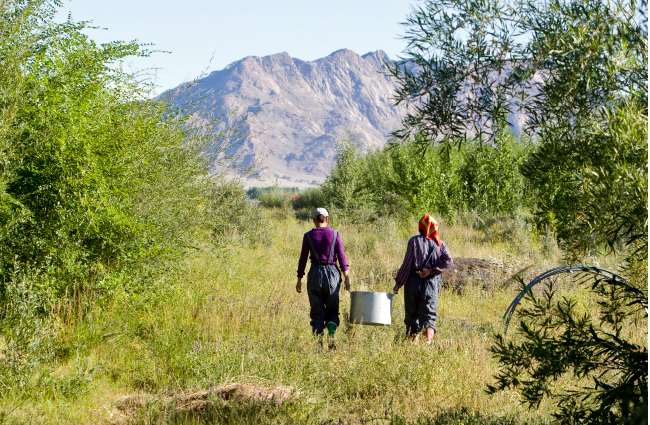
Farmers work in a "fruit seeds" project in the Altai-Sayan Eco-Region of Khovd Province, Mongolia. Established with support from the United Nations Development Programme, the project offers converted land for the production of fruit tree seeds, helping to generate additional income for Mongolian farmers and prevent deforestation in the region. (2009) UN Photo/Eskinder Debebe
![]()
Promote peaceful and inclusive societies for sustainable development, provide access to justice for all and build effective, accountable and inclusive institutions at all levels
People everywhere should be free of fear from all forms of violence and feel safe as they go about their lives whatever their ethnicity, faith or sexual orientation.
Civilian deaths directly related to 12 of the world’s deadliest conflicts increased by 53 per cent between 2021 and 2022, marking the first rise since the adoption of the 2030 Agenda in 2015. The year 2022 witnessed a more than 50 per cent increase in conflict-related civilian deaths.
High levels of armed violence and insecurity have a destructive impact on a country’s development.
Sexual violence, crime, exploitation and torture are prevalent where there is conflict or no rule of law, and countries must take measures to protect those who are most at risk.
As of the end of 2022, 108.4 million people were forcibly displaced worldwide – an increase of 19 million compared with the end of 2021 and two and a half times the number of a decade ago.
In 2021, there were approximately 458,000 intentional homicides – the highest number in the past two decades.
Governments, civil society and communities need to work together to find lasting solutions to conflict and insecurity. Strengthening the rule of law and promoting human rights is key to this process, as is reducing the flow of illicit arms, combating corruption, and ensuring inclusive participation at all times.
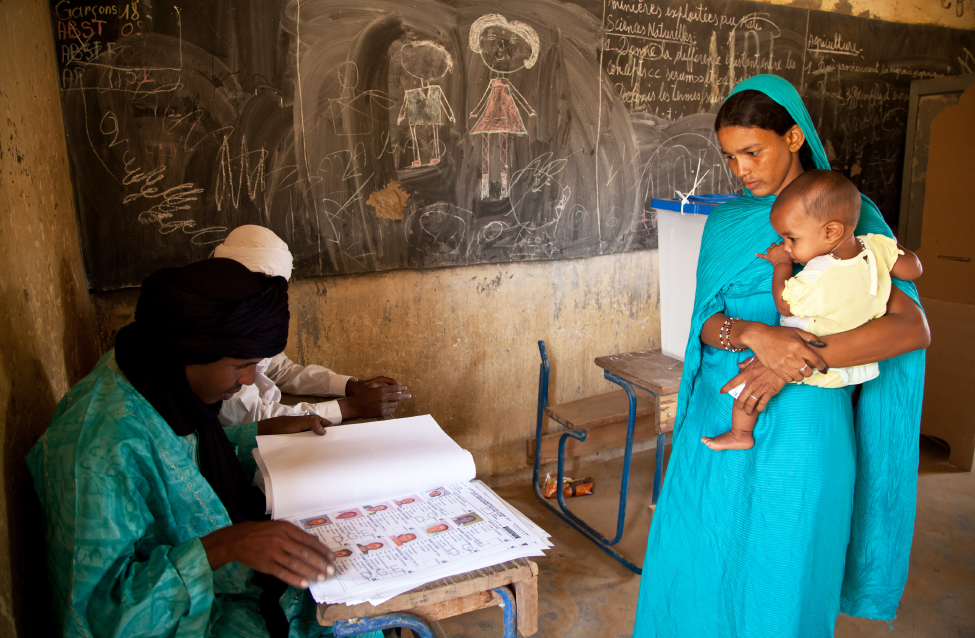
A woman and her child at a polling station in Kidal, Mali, during the country's second round of presidential elections in 2013 (2013). UN Photo/Blagoje Grujic
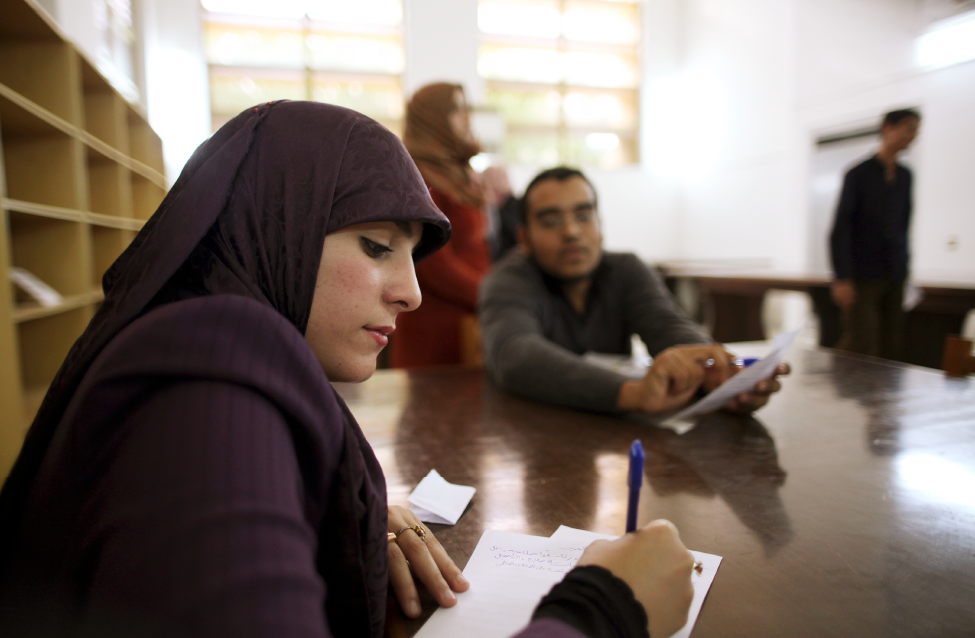
Students at Tripoli University, Libya, attend a human rights workshop organized by the United Nations Support Mission in Libya (UNSMIL) to commemorate the anniversary of the UN's 1948 Universal Declaration of Human Rights (2011). UN Photo/Iason Foounten
![]()
Strengthen the means of implementation and revitalize the global partnership for sustainable development
The 2030 Agenda for Sustainable Development is universal and calls for action by all countries – developed and developing – to ensure no one is left behind. It requires partnerships between governments, the private sector, and civil society.
The Sustainable Development Goals can only be realized with a strong commitment to global partnership and cooperation.
The total external debt of low- and middle-income countries reached $9 trillion in 2021, recording a 5.6 per cent increase from 2020.
In 2022, global exports increased sharply by 12.3 per cent, and global trade reached a record $32 trillion.
In 2022, net ODA flows by member countries of the Development Assistance Committee (DAC) reached $206 billion.
To be successful, everyone will need to mobilize both existing and additional resources, and developed countries will need to fulfill their official development assistance commitments.
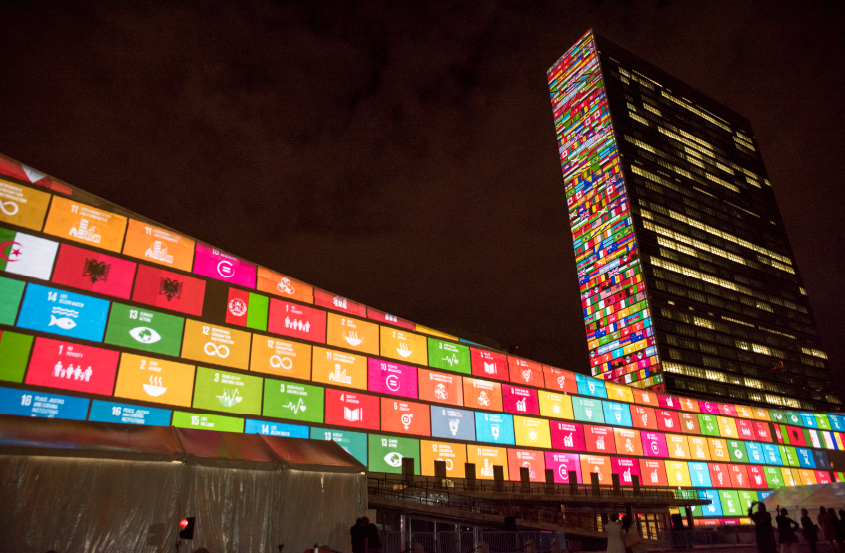
The Sustainable Development Goals icons, projected onto the UN Headquarters in New York during the annual high-level general debate of the General Assembly (2015). UN Photo/Cia Pak
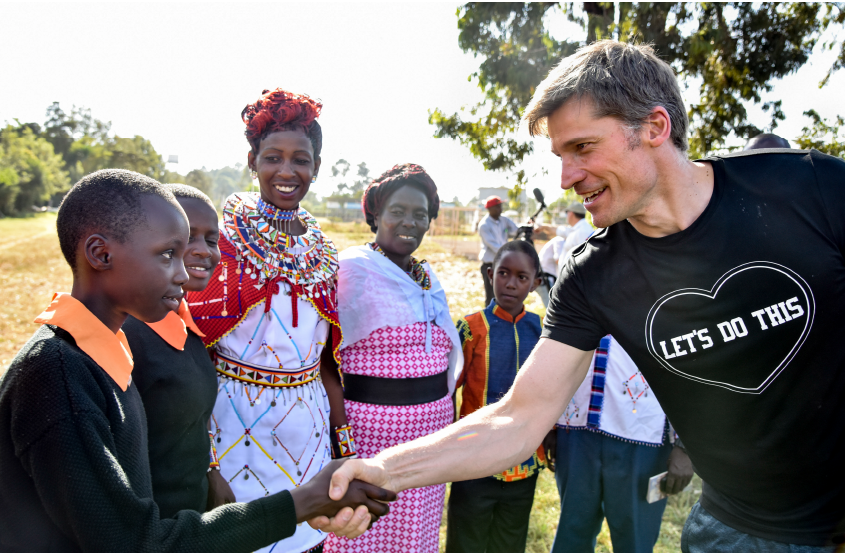
United Nations Development Programme Goodwill Ambassador Nikolaj Coster-Waldau greets a young participant of the "Global Goals World Cup" in Nairobi, Kenya. (2017). Photo UNDP Kenya/James Ochweri
NOW IS THE TIME FOR CHANGE
ActNow is the United Nations campaign for individual action on climate change and sustainability. Every one of us can help limit global warming and take care of our planet. By changing our habits and making choices that have less harmful effects on the environment, we have the power to confront the climate challenge and build a more sustainable world.
"Halfway to the deadline for the 2030 Agenda, we are leaving more than half the world behind. We have stalled or gone into reverse on more than 30 per cent of the SDGs. Unless we act now, the 2030 Agenda will become an epitaph for a world that might have been." – United Nations Secretary-General António Guterres
Now is the time for change. A confluence of multiple global crises have upended our lives. The way we work, the way we interact, the way we move about. This can be a turning point. Let's seize the moment and change course - toward more sustainable lifestyles. Small changes in your daily life can save you money, improve your health and help cut harmful pollution.
ActNow is the United Nations campaign for individual action on climate change and sustainability. Every one of us can help limit global warming and take care of our planet. By changing our habits and making choices that have less harmful effects on the environment, we have the power to confront the climate challenge and build a more sustainable world.
The 2030 Agenda for Sustainable Development is guided by the purposes and principles of the Charter of the United Nations and is grounded in the Universal Declaration of Human Rights.
As such, the Agenda's Sustainable Development Goals aim not only to achieve sustainable development in its three dimensions – economic, social and environmental – but also to foster peaceful, just and inclusive societies, realizing the human rights of all.
They offer a blueprint for tackling the defining issues of our time, such as climate change, which requires urgent and transformative action that leaves no one behind.
The United Nations and its agencies, funds and programmes are working with Member States, civil society, the private sector and other stakeholders to accelerate progress toward the Goals, in a spirit of global solidarity, focused in particular on the needs of the poorest and most vulnerable.
This exhibit was launched in September 2020 and updated in August 2023
